With technological advancement rapidly reshaping how we do business, a company’s ability to leverage data to make more informed decisions is the key to staying competitive in today’s market. But many organizations are missing out on the full value of their data because they lack the ability to reliably translate vast amounts of raw data into actionable insights. To tap the potential of their data assets, companies need a clear vision and that means identifying what business decisions data analytics need to support and then creating a plan to get there.
Whether your organization is beginning their analytics journey or is further along in its analytics maturity, an objective analytics capabilities assessment focused on using data to make better decisions is an important first step to achieve your analytics goals.
Types of Analytics Assessments
Before commencing an analytics capabilities assessment, it’s important to recognize that there are two different types, strategic and tactical, and you need to decide which is best suited for your organization.
Strategic Analytics Assessment
A strategic assessment has a longer time-horizon and is more enterprise-scoped. It often covers several analytical capabilities involving large segments of organizational data, such as data governance, data science, and data visualization.
Example of a strategic assessment goal:
- Achieve prescriptive analytical capabilities with operational data over 2-3 years.
- Include data governance, technology, operational support, training, etc.
A strategic assessment is based on an analytics maturity plan that will ultimately help grow your organization’s analytical capabilities. The maturity plan will move you towards aligning your needs for integrating and utilizing data with your capability to deliver. Realistically, analytics maturity is not a single project – it should be thought of as a journey rather than a destination. Building an analytics maturity plan should start with defining key, future, capabilities, and a crawl-walk-run methodology should be applied.
How Do You Grow Through Analytics Maturity?
The road to analytics maturity usually begins with descriptive analytics and then moves to diagnostic, predictive, and ultimately prescriptive analytics.
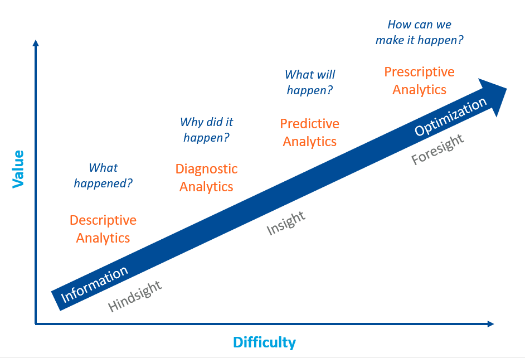 Descriptive analytics is the analysis of data to identify patterns or outcomes that have occurred in the past.
Descriptive analytics is the analysis of data to identify patterns or outcomes that have occurred in the past.- Diagnostic analytics adds a description of why patterns may have occurred in past data.
- Predictive analytics uses past performance to forecast future metrics. But if data quality is lacking, predictive analytics will usually generate unreliable predictions.
- Prescriptive analytics uses statistical models to recommend the best possible ways to influence future metric values.
A comprehensive strategic analytics assessment that effectively initiates your journey towards analytics maturity should answer these questions:
- What data assets do you have that need to be integrated?
- What are your current analytical capabilities?
- What data and analytics infrastructure is in place, and what will you require based on your business needs?
- What resources and skills do you have that can implement a plan to get from your current state to your required future state?
- How can you grow analytical capabilities over time in a realistic and achievable iterative process?
- How can you show value and prove success over the various iterations in analytics maturity?
- Which supporting processes are already present within the organization (e.g., data governance)?
Tactical Analytics Assessment
In contrast to a strategic assessment, a tactical assessment has a shorter time horizon, narrower focus, fewer data source systems, and is designed to achieve a specific objective.
Examples of tactical assessment goals:
- Replace manual reports from multiple operational systems with automated reports from a single place.
- Secure, automated, reliable, high-quality data available in the needed moment.
- Identify and forecast trends going forward.
Tactical assessments have a specific end goal and as such some of the fundamental components differ from strategic assessments. A tactical assessment should answer these questions:
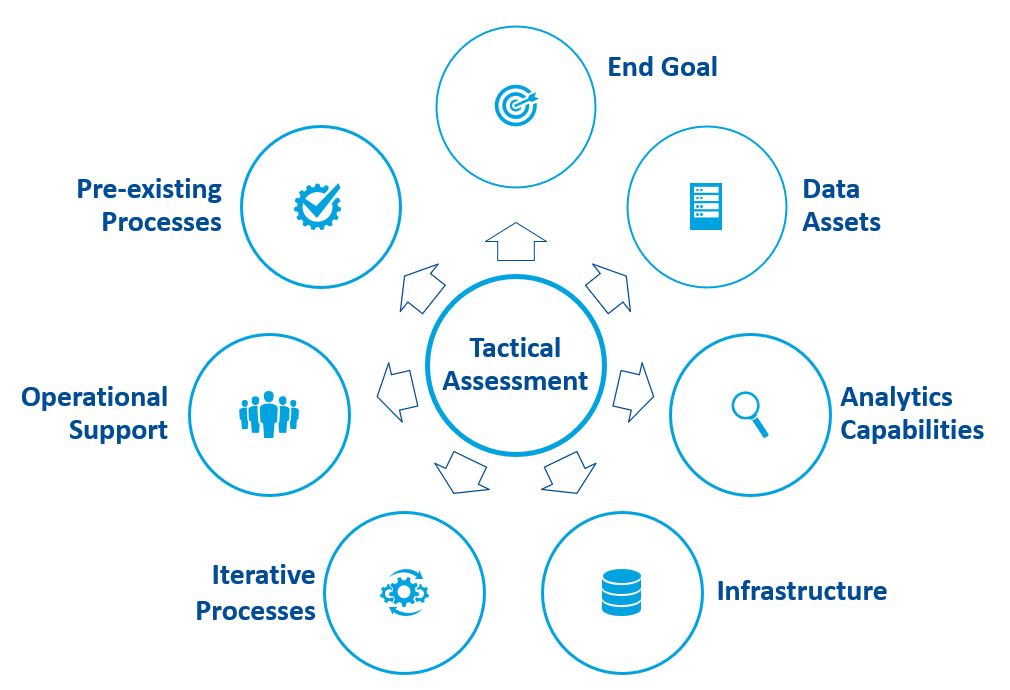 What is the specific end goal you are trying to achieve and in what timeframe?
What is the specific end goal you are trying to achieve and in what timeframe?- What data assets do you have that need to be integrated to support the end goal?
- Do you have all the requisite analytical capabilities within the organization?
- Is all the necessary infrastructure already present within the organization, and if not, how can it be implemented within the timeframe of the end goal?
- Can the end goal be achieved in a series of iterative processes and milestones?
- How much operational support will be required to maintain the underlying data integration?
- Does the end goal require integration with other pre-existing processes such as data governance?
How to Develop a Plan to Achieve Your Analytics Goals
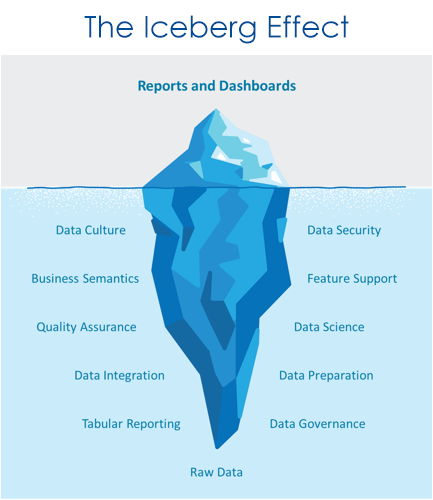 Regardless of whether it’s a strategic or tactical analytics capabilities assessment, an assessment should provide clear insight into where you are, what you need to achieve your identified analytics goals, and a plan to get there. In most cases business users need their analytics system to deliver specific information and quality results, on time and with context for decision making. They also want to have the ability to access data, reports, and dashboards from a single source. The obstacle is that many organizations have limited understanding of the depth and diversity of skills, resources, time, and investment it takes to get there. They are often unaware that the work done below the surface “The Iceberg Effect” is considerable.
Regardless of whether it’s a strategic or tactical analytics capabilities assessment, an assessment should provide clear insight into where you are, what you need to achieve your identified analytics goals, and a plan to get there. In most cases business users need their analytics system to deliver specific information and quality results, on time and with context for decision making. They also want to have the ability to access data, reports, and dashboards from a single source. The obstacle is that many organizations have limited understanding of the depth and diversity of skills, resources, time, and investment it takes to get there. They are often unaware that the work done below the surface “The Iceberg Effect” is considerable.
So “how to get there” depends on several things:
- Where are you currently?
- What resources do you already have and for missing skills, where can you get them? What infrastructure do you have or require?
- What data do you have?
- Are there any special requirements (e.g., privacy data, healthcare data, etc.)?
- Are there any challenging analytical requirements (e.g., fraud detection modeling, customer lifecycle/journey modeling, big data, etc.)?
A comprehensive analytics capabilities assessment will answer all these questions and provide a plan to advance your analytics to meet your organization’s needs. As illustrated below, a data and analytics plan should identify the desired result, determine existing capabilities, detail data and infrastructure required, show increasing value to the organization as the roadmap executes, define success criteria over iterations that address iceberg layers, and lay out the required skills when they’re needed and if currently available.

Improve Analytics Capabilities and AAIM for Success
An analytics assessment is unquestionably a critical starting point to improve your organization’s analytics capabilities. In response to client demand for a proven, reliable, and comprehensive analytics assessment approach, the data team at Optimus SBR developed and honed our Analytics Assessment & Improvement Methodology (AAIM). Through a process involving hundreds of assessments for organizations of various sizes and from many industries, AAIM was created to assess an organization’s current analytical capabilities, define analytical goals, and build a roadmap to get there.
AAIM is composed of six successive steps, all critical to evaluate your data and analytics reporting needs as well as your ability to deliver on them. AAIM acts as a catalyst to advance your organization’s analytics capabilities by providing an actionable roadmap to build a strong, scalable environment for high-performance analytics – customized for your organization’s needs.
Real-World Experiences Using AAIM
Global Logistics Organization
Here’s an example of how Optimus SBR used AAIM for a global logistics organization that had a web-based application allowing clients to manage shipments. The existing analytics system was highly constrained by a third-party, custom-built application. The diagram below illustrates how Optimus SBR used AAIM to deliver a data and analytics plan to better integrate several core operational systems in a new analytics facility that would support deployment at multiple customer sites and in a shared cloud environment.
The plan included short-, mid-, and long-term roadmaps to achieve their goals. As a result of the AAIM services Optimus delivered, the client acquired and deployed infrastructure to build new analytical capabilities into their web application. Their source data was integrated and automated – think billions of rows of data refreshed within a few minutes – and the interactive reports and dashboards delivered tangible insights that customers had been requesting.
Canadian Non-Profit Organization
This diagram illustrates how Optimus SBR employed AAIM to assist one of largest non-profit organizations in Canada. Their existing analytical capabilities were growing organically within individual departments, but when integrating data from multiple departments, the effort increased dramatically. The manual integration of data from multiple sources was error-prone, costly, and slow.
With AAIM, Optimus SBR delivered a roadmap to achieve data maturity growth over 4 phases. The plan focused on data governance, data integration, data visualization & analytics, and business process management. Existing infrastructure was deemed to be adequate, and the Optimus team immediately implemented the data warehouse for initial data integration. Data visualization reports were created and are now delivering insights that answer long outstanding questions for the client. This “quick win” phase was completed on time and as planned. The next phase is 4-6 months in duration and will launch shortly.
From Analytics Assessment to Better Business Results
It’s important to remember that analytics maturity is a journey, not a destination and limiting bumps in the road on the way is accomplished more easily when you plan. A proven assessment methodology that helps you successfully navigate your organization’s needs and provides an iterative roadmap to achieve your analytics goals is a low-cost way to reduce implementation risks associated with maturing analytics capabilities. The assessment process also builds trust in your data which is critical to embracing a data-driven strategy. A clear plan for how to use data and analytics to make better informed decisions, and deployment of the right technology, architecture, and capabilities will ultimately lead to better business results. Data is no longer just a commodity – it’s the key to unlocking business potential and staying ahead of the competition!
Optimus SBR’s Data Practice
Optimus SBR provides data advisory services customized to support the needs of public and private sector organizations. We offer an end-to-end solution, from data strategy and governance to visualization, insights and training.
Contact Us for more information on our Data practice and how we can help you on your data journey.

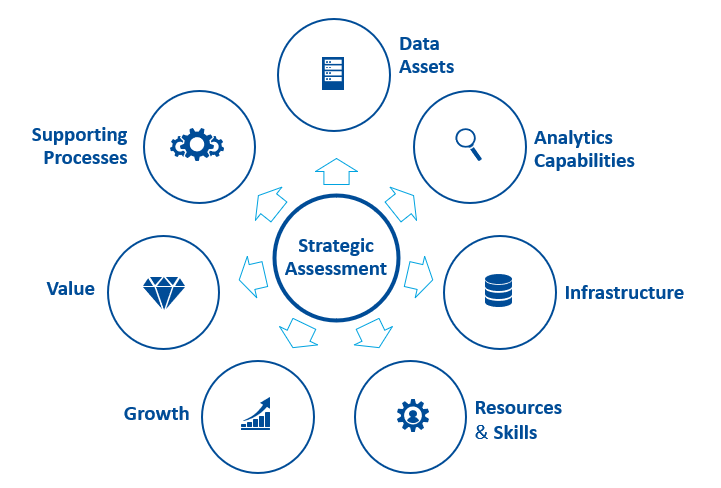

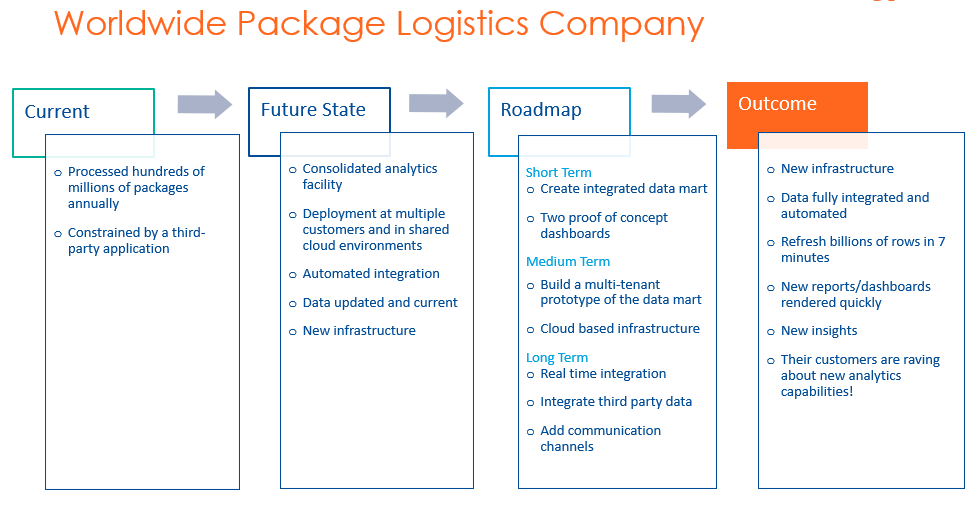






Industry Insights
Service Insights
Case Studies
Company News